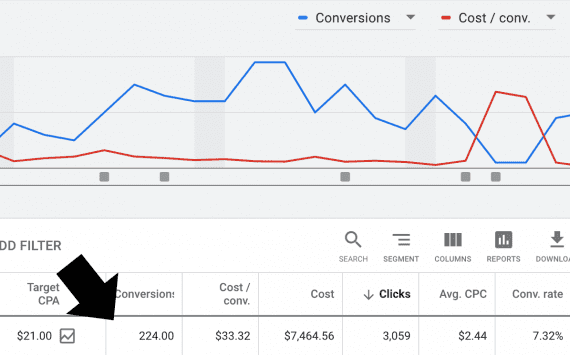Content marketing is often associated with search engine optimization since the two disciplines can work hand in glove. But there can be a strong affinity between content marketing and advertising, too.
Content marketing is the act of creating, publishing, and distributing content to attract, engage, and retain an audience of customers and prospects.
Many businesses employ content marketing to drive organic search traffic and engage visitors. Advertising can accelerate content promotion while driving new and incremental sales.
Content Cycle
A cycle is one way to think about the content marketing process.
There is a planning stage. Topics are selected, and SEO entities and keywords are identified. Outcomes are chosen here, too.
Next, the content is composed or created. This may be as singular as writing a blog post or as multifaceted as publishing an online course.
Then the content is promoted. The results are measured. The campaign’s performance is used to start a new planning process.
Content Promotion
Many content marketers use organic social media, SEO, and email marketing to spark interest in new content. But advertising should be added to this promotional mix, too.
As an example, an ecommerce-related SaaS company recently published a profile of one of its customers. The profile featured a video, a podcast, and an article of nearly 3,000 words.
Promotion in an email newsletter generated a few hundred page visits on publication day. The combined traffic from organic social media and organic search totaled 31 page visits in the first 48 hours.
In those same two days, a Facebook ad campaign promoting the profile drove 1,543 page visits at 15 cents per visit.

A Facebook ad campaign drove 1,543 visits to an article at 15 cents per visit.
Here is another example. A midsize brand wanted an outsized impact on YouTube. The company planned a series of videos featuring b-level celebrities.
The problem was that b-level celebrities did not want to be associated with a video on a new channel that might only get a handful of views.
So the company launched a Google Ads campaign aimed at video views. The targeted video received 273,760 views in 12 days at an average cost of 4 cents per view. (Many video view campaigns are even less expensive.) The celebrity was pleased, and the company confirmed it could attract future guests.

A Google Ads campaign that targeted YouTube users costs about 4 cents per view.
Here is a third example. A service company published a how-to article featuring its own offerings as part of the solution. The detailed article was several thousand words and included a companion video and three conversion opportunities.
A Google Ads search campaign targeting this how-to article in October 2021 produced 224 conversions from 45,255 impressions.

Some forms of content marketing work well for immediate conversions. This single how-to article combined with a paid search campaign generated 224 sale conversions in one month.
In all of these examples, advertising amplified the content to achieve the desired outcome.
Customer Funnels and Conversions
Content benefits from accelerated promotion, and advertising can generate conversions or leads because of the content.
This is important because the content marketing and advertising teams at most companies have different key performance indicators.
KPIs for a content marketer might be site traffic, video views, or newsletter registrations. Ad teams want conversions, clicks, impressions, and low cost per action or acquired customer.
An advertising manager will be reluctant to spend her budget on video views if it doesn’t meet her KPI goals. There are at least two ways in which content marketing can help.
First, content can drive conversions. The how-to article above helped potential customers and drove sales with a 7.32% conversion rate for an average cost of $33.32 per conversion. This was well below the profit generated, meaning the ad team was happy to send traffic to the article.
Second, content can help create “warm” or “hot” audiences for the ad team. The marketing manager can retarget potential customers who read a profile or watched a video. This process effectively moves the customer toward a conversion.
Working Together
In short, advertising can boost content marketing while defining customer funnels by retargeting folks who have engaged with the content.




